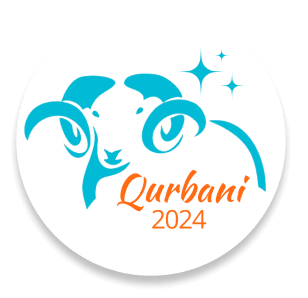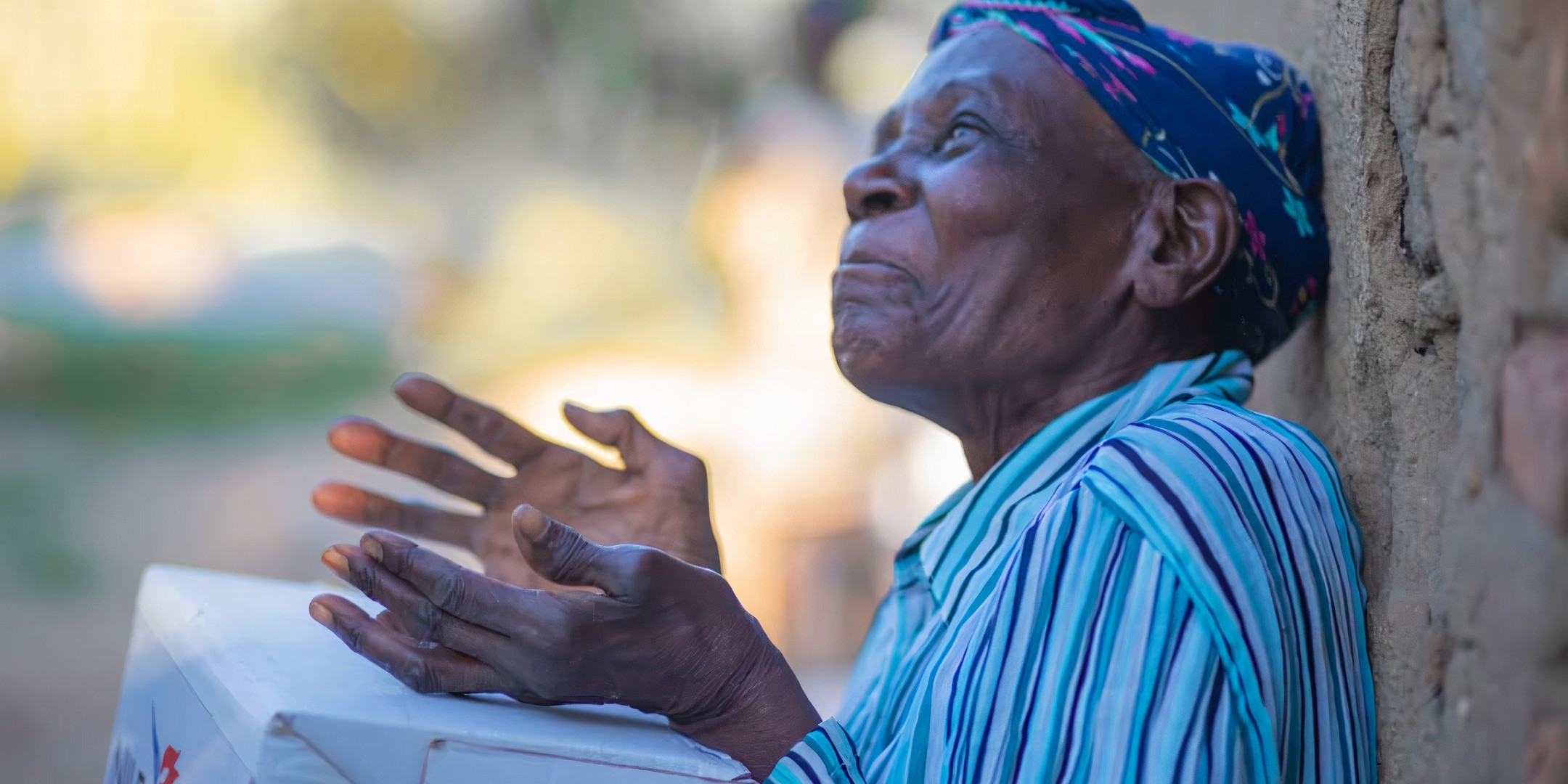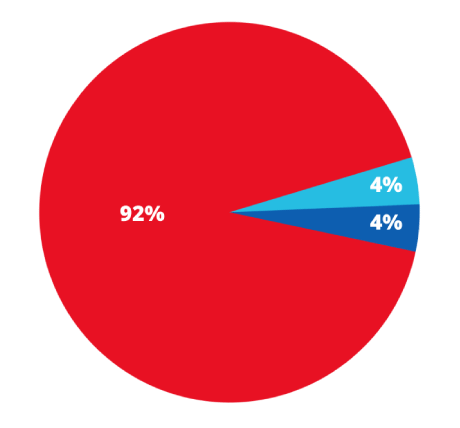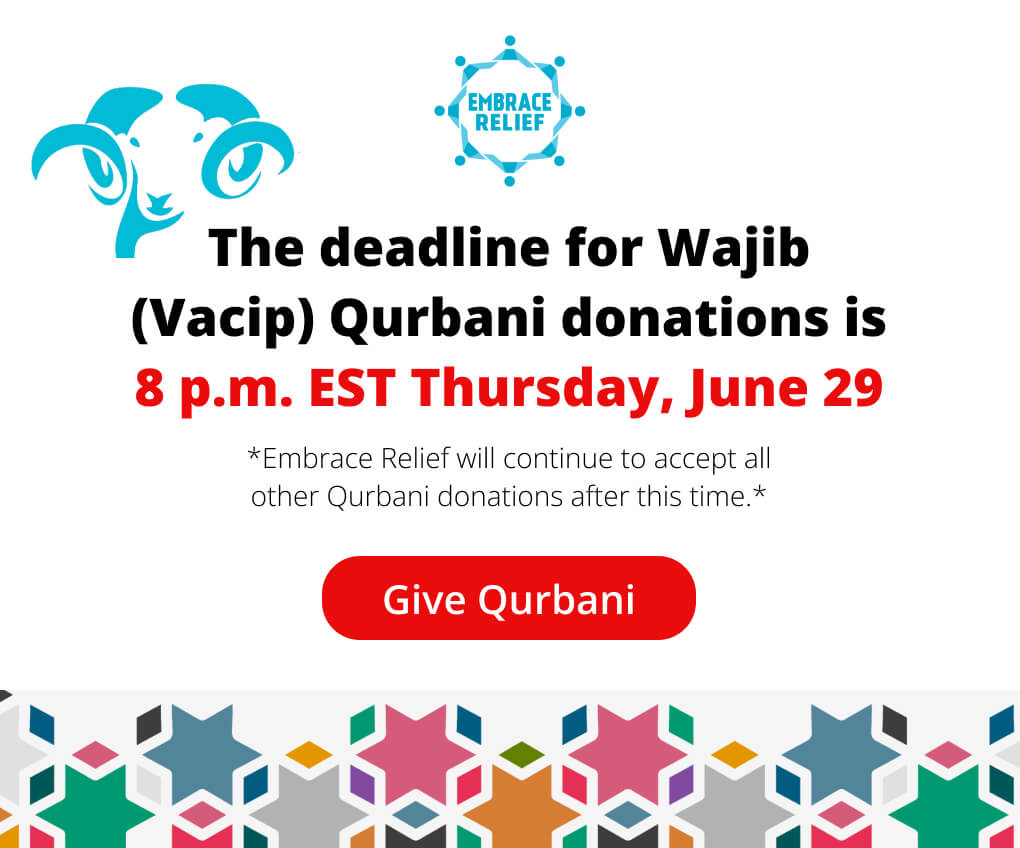In 2015, the United Nations adopted a list of 17 “Sustainable Development Goals” (SDG), providing targets for the world to meet by the year 2030 in order to ensure a livable, more equal planet.
Food is a human right and a fundamental building block of life. And on a planet that produces more than enough food for us all to eat, hunger should be an afterthought. Unfortunately, it’s not.
According to the UN, nearly 700 million people worldwide were undernourished in 2019, and it is estimated that that number has risen significantly following the instability caused by the COVID-19 pandemic. More than 144 million children under the age of 5 suffer from stunting (low height for one’s age), and 47 million children are affected by wasting (low body weight for one’s height) as a result of undernourishment.
Reaching Zero Hunger is one of the most important ways we can improve human life and allow for sustainable development worldwide, and that is why it has a prominent place as Sustainable Development Goal #2. Because the biggest causes of world hunger – climate change, conflicts, declines in agricultural production – are structural, international cooperation by the UN and its member countries can make the biggest difference in ending world hunger. By pledging to follow SDG 2, they seek to accomplish the following by 2030:
- Ending hunger and ensuring access by all people, in particular the poor and those living in vulnerable situations, including infants, to safe, nutritious, and sufficient food year-round
- Ending all forms of malnutrition and meeting and addressing the nutritional needs of adolescent girls, pregnant and lactating women, and older people
- Doubling the agricultural productivity and incomes of small-scale food producers, particularly women, indigenous peoples, family farmers, pastoralists and fishers, by making land secure and accessible and by utilizing other productive resources and inputs, knowledge, financial services and markets
- Ensuring sustainable food production systems and implementing resilient agricultural practices that increase productivity and production, help maintain ecosystems, strengthen capacity for adaptation to climate change, extreme weather, drought, flooding and other disasters, and that progressively improve land and soil quality
- Maintaining the genetic diversity of seeds, cultivated plants and farmed and domesticated animals and their related wild species, including through soundly managed and diversified seed and plant banks at the regional, national and international levels, and promoting access to and equitable sharing of benefits arising from the utilization of genetic resources and associated traditional knowledge
How Embrace Relief is helping feed people in need
The Embrace Relief Foundation has made it part of our mission to provide food to people in need. During our International Hunger Relief Campaign: Ramadan 2021, Embrace Relief delivered food packages to more than 30,000 people across 12 countries, including more than 1,300 in Greece, more than 1,100 in Yemen, and hundreds more families in sub-Saharan Africa and South Asia. We also helped out locally, delivering food to 900 neighboring families in New Jersey.
For our International Hunger Relief Campaign 2022, we want to do so much more, and your support can make that possible. Donating any amount of money will make a difference – the amounts below represent the cost of one food package that will feed a family for one week:
- $50 for refugees in Greece
- $50 for families in the U.S.
- $65 for Yemeni families
- $25 for African children
So please, donate today. Every contribution you make helps one more family go to bed on a full stomach, and brings us one small step closer to ending world hunger.





















